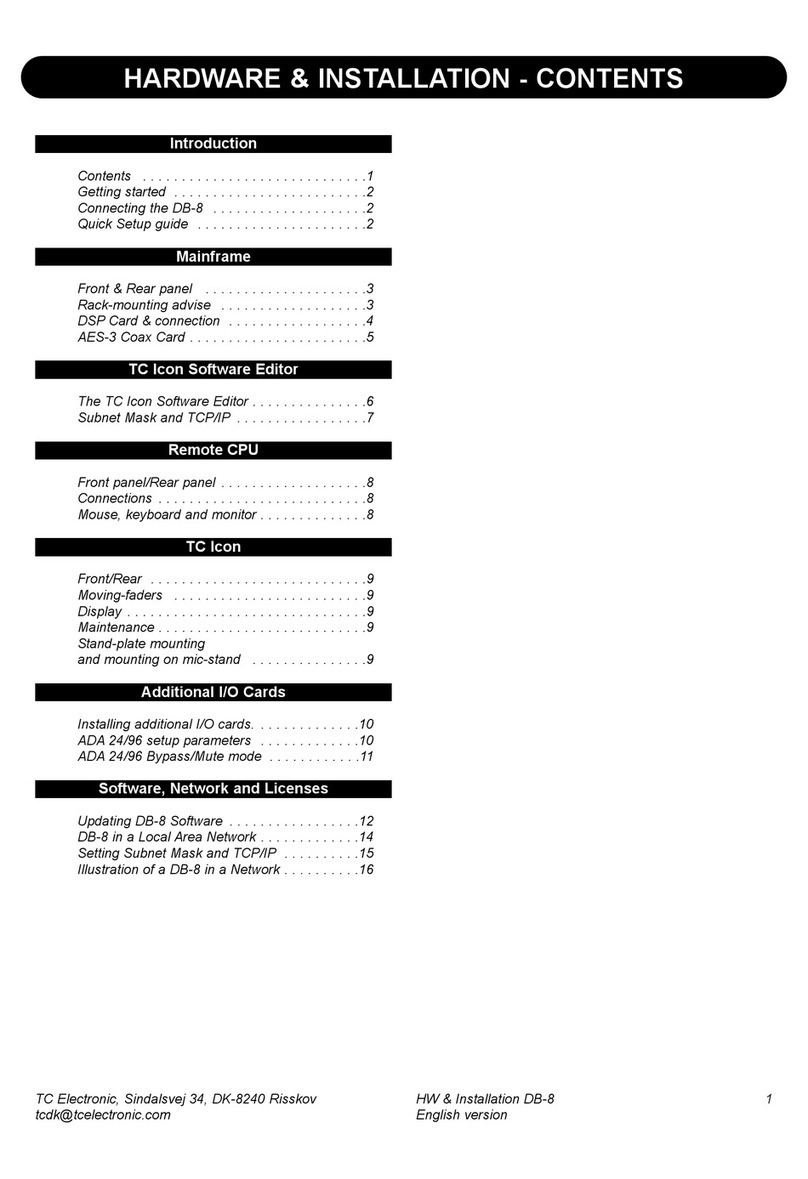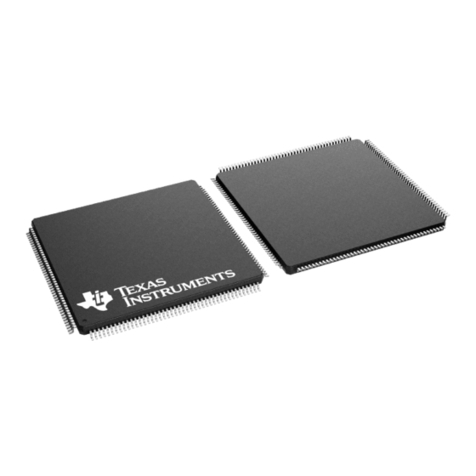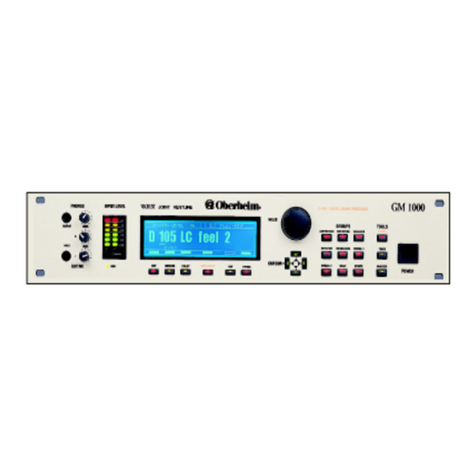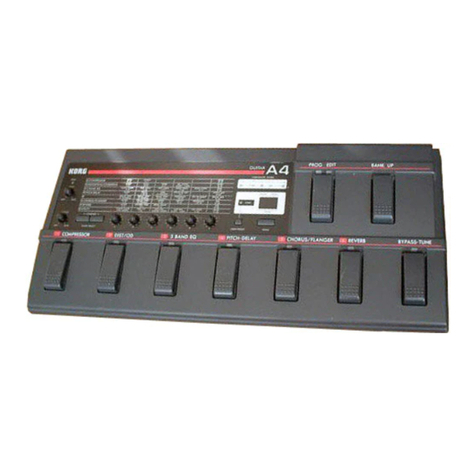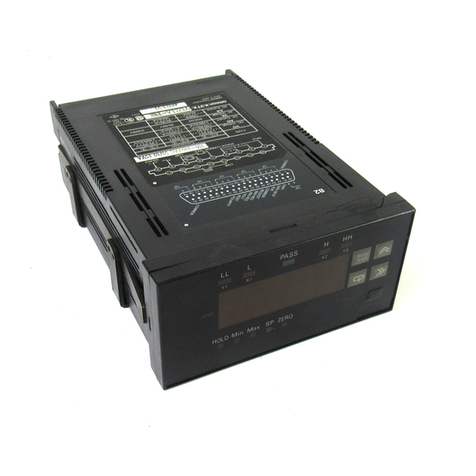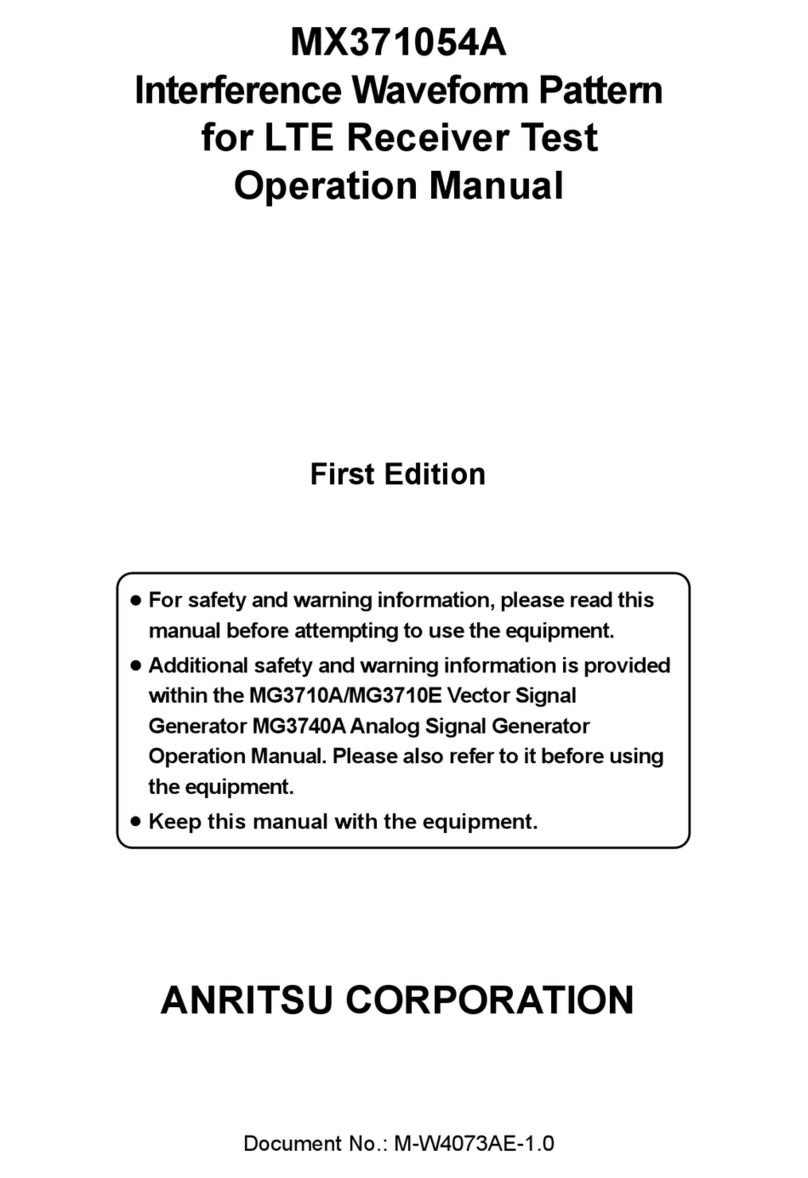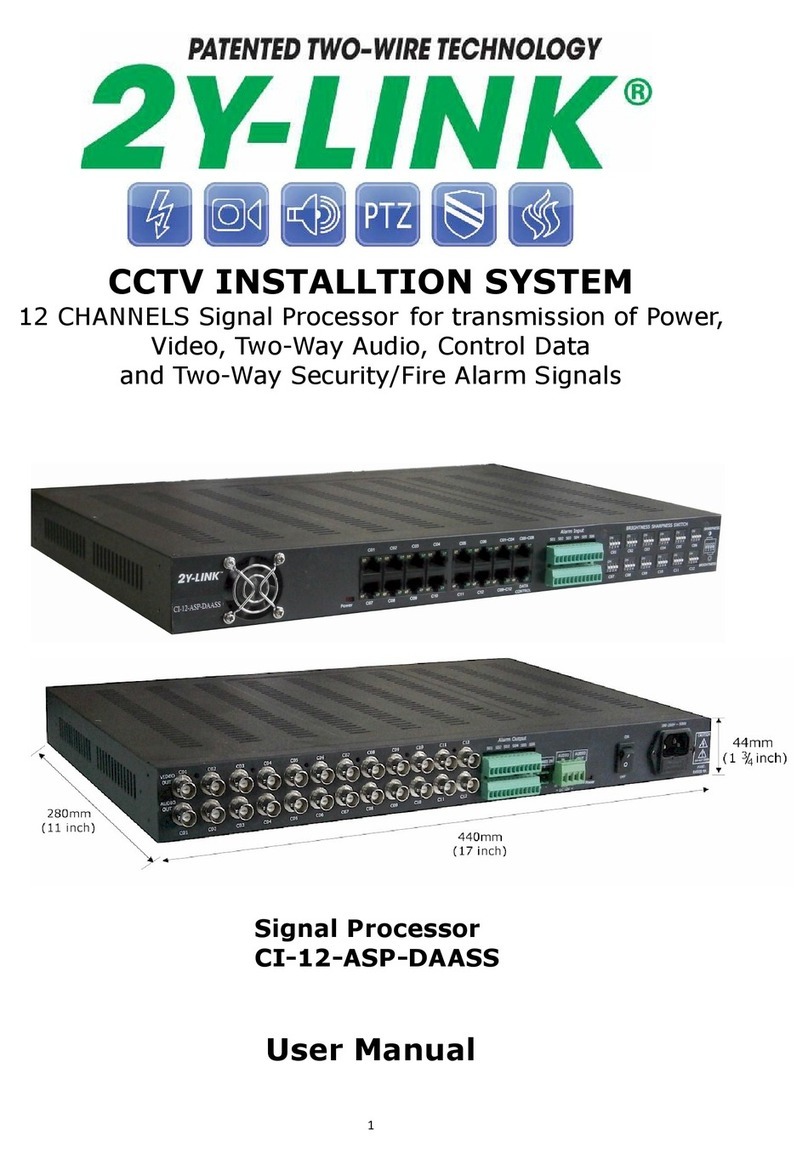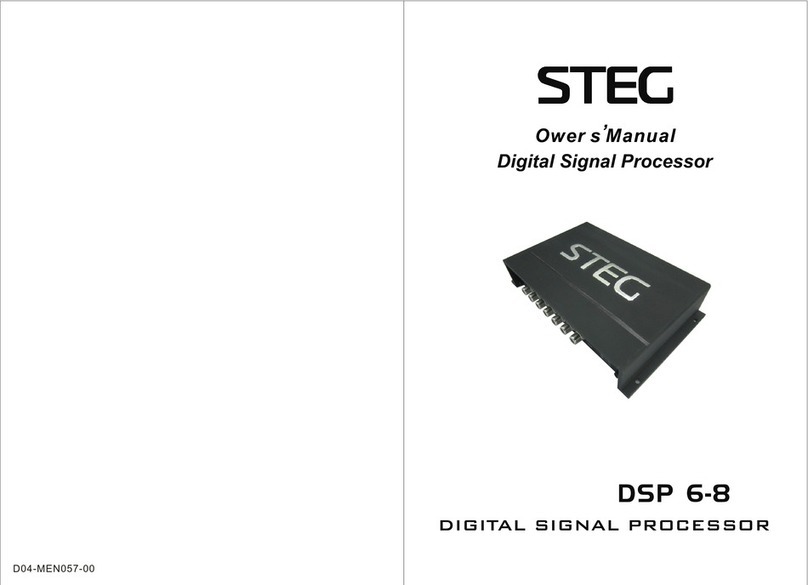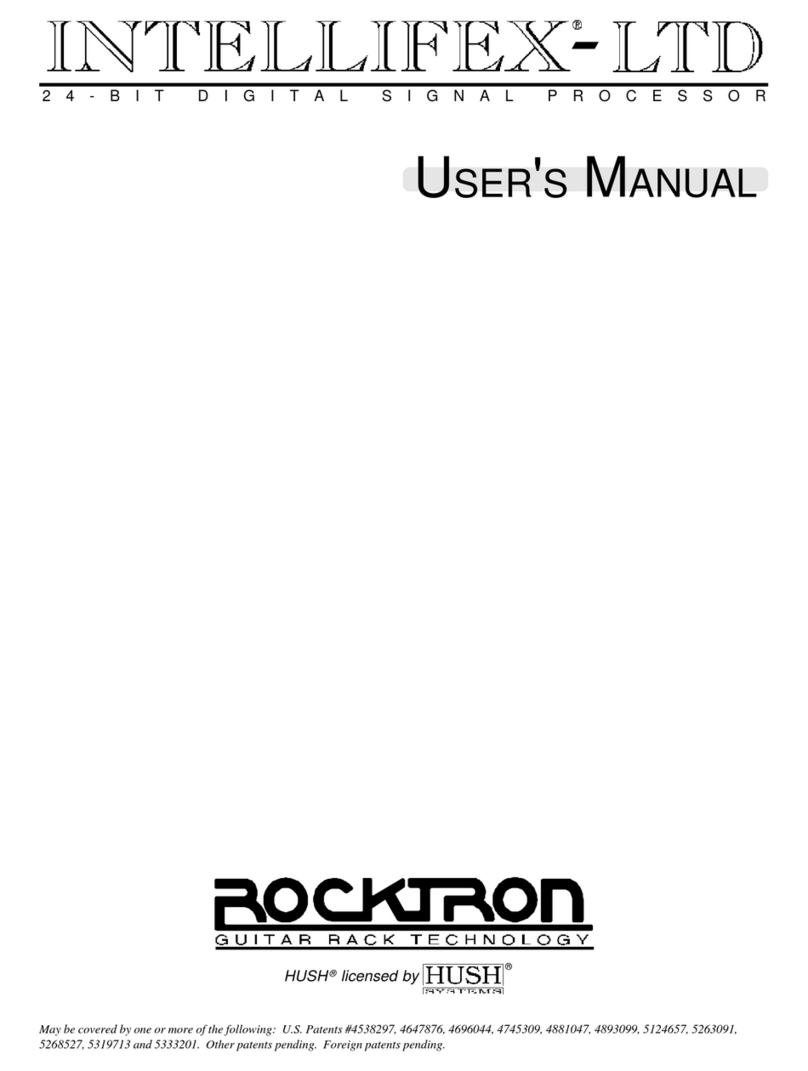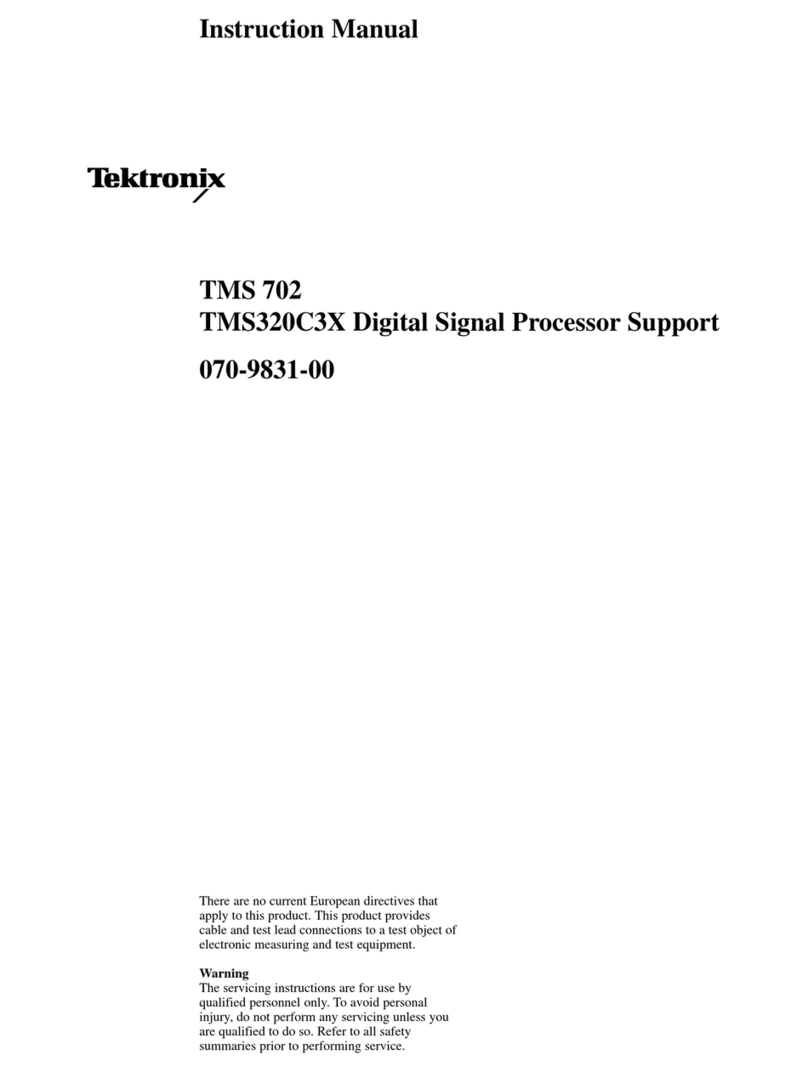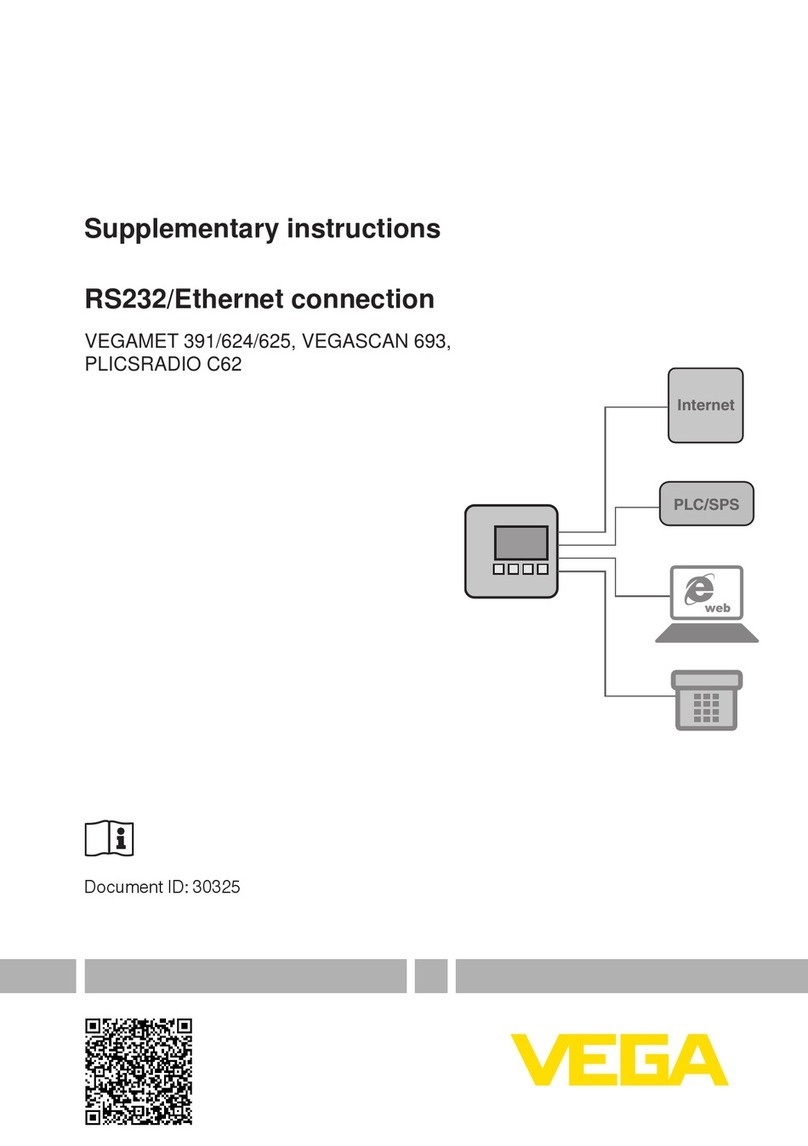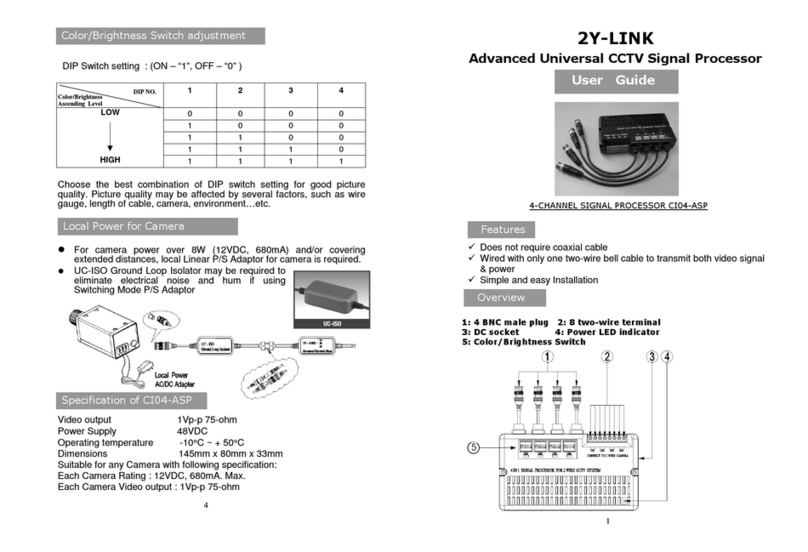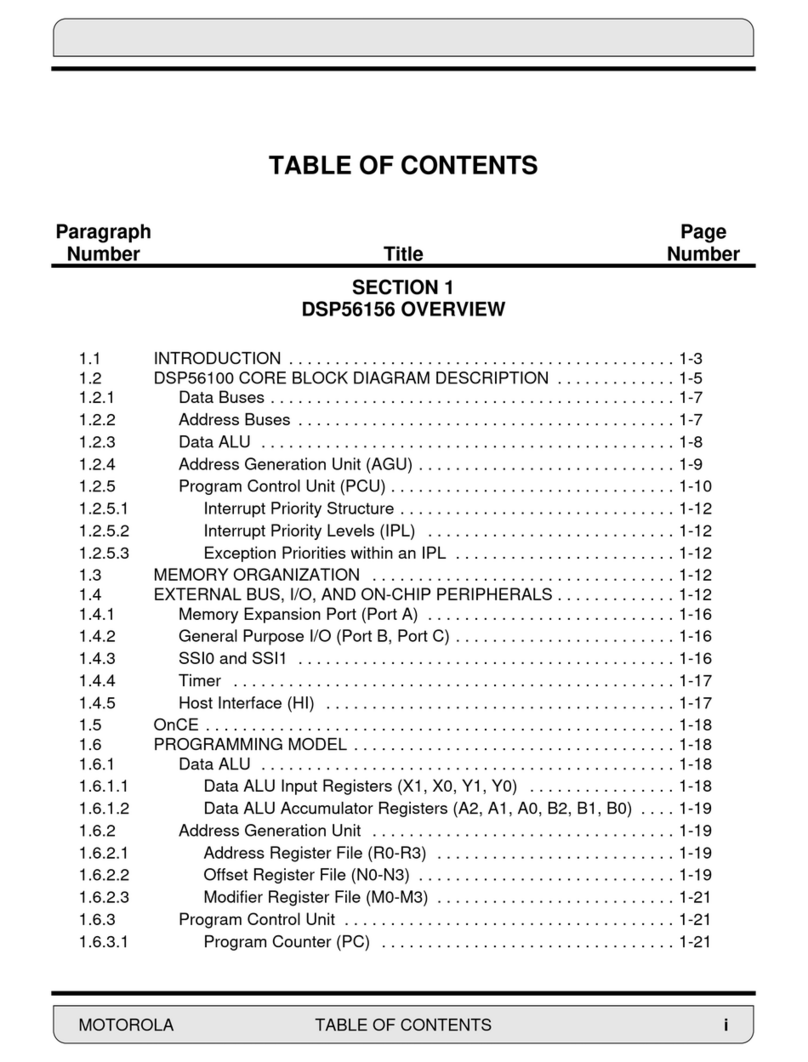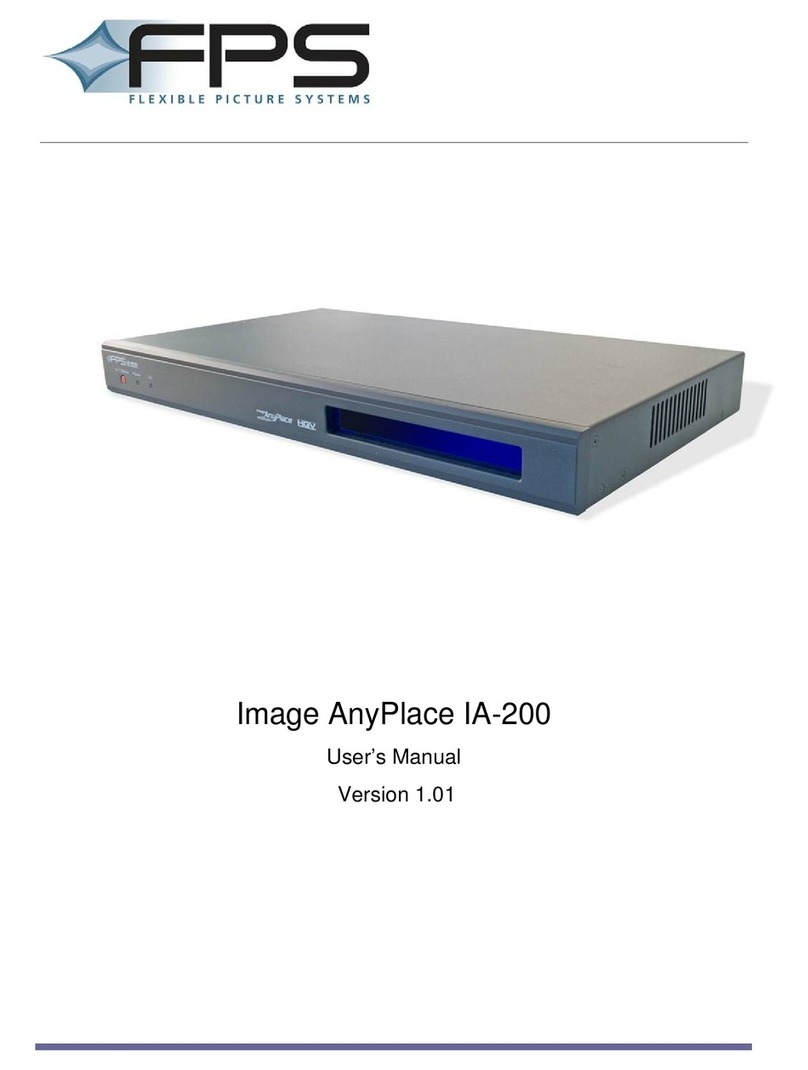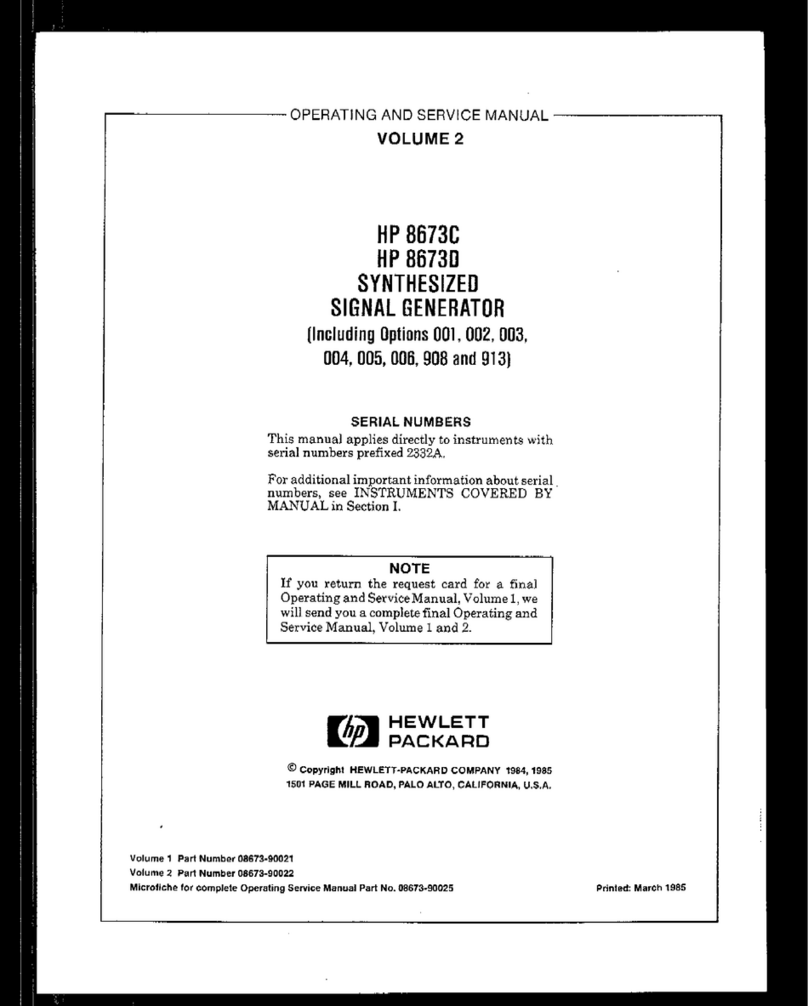88 Series Outboard / 8801 Issue 7.3
Table of Contents
Health & Safety Notice.......................................................................................................2
1 - Introduction.................................................................................................................5
Package Contents.......................................................................................................................5
System Requirements.................................................................................................................5
Brief Description & Characteristics................................................................................................6
2 - Front Panel Controls.....................................................................................................7
On/Off Switch............................................................................................................................7
Input Section.............................................................................................................................7
Line Input.........................................................................................................................7
Mic Input...........................................................................................................................7
PAD..................................................................................................................................7
Phantom Power..................................................................................................................7
DI Input............................................................................................................................7
Digital (Genie) Input...........................................................................................................7
Phase Button.....................................................................................................................8
Filters Section............................................................................................................................8
High Pass Filter..................................................................................................................8
Low Pass Filter...................................................................................................................8
Filters to Sidechain.............................................................................................................8
Dynamics Section.......................................................................................................................8
Dynamics Button................................................................................................................8
Dynamics Sidechain...................................................................................................................8
Limiter/Compressor....................................................................................................................9
Knee.................................................................................................................................9
Link..................................................................................................................................9
Attack Time.......................................................................................................................9
Auto Release.....................................................................................................................9
Gain Reduction..................................................................................................................9
Expander/Gate.........................................................................................................................10
Key Input........................................................................................................................10
Hysteresis.......................................................................................................................10
Expander.........................................................................................................................10
Invert/Ducker..................................................................................................................10
Gain Reduction.................................................................................................................10
E Section..............................................................................................................................11
E Button........................................................................................................................11
E TO SIDECHAIN Button..................................................................................................11
Low Frequency Band.........................................................................................................11
Low Mid Frequency Band...................................................................................................11
High Mid Frequency Band..................................................................................................11
High Frequency Band........................................................................................................11
Insert.....................................................................................................................................11
Audio Router............................................................................................................................12
Determining the current channel path.................................................................................12
Audio Routing Screen................................................................................................................13
Output Section.........................................................................................................................13
Bargraph LED Meter.................................................................................................................14
Overload.................................................................................................................................14
3 - Rear Panel..................................................................................................................15
Rear Panel Audio Connections....................................................................................................15
Line Input........................................................................................................................15
Mic Input.........................................................................................................................15
DI Input..........................................................................................................................15
- 3 -


